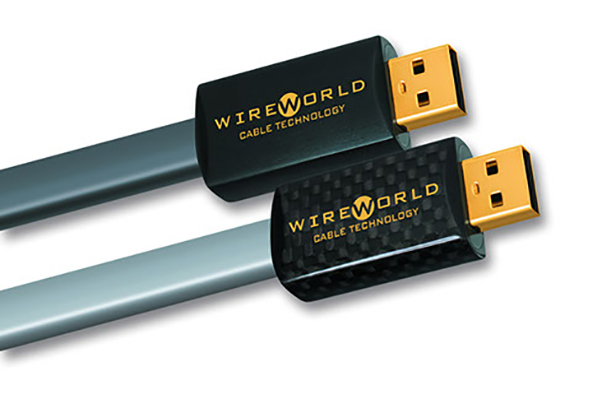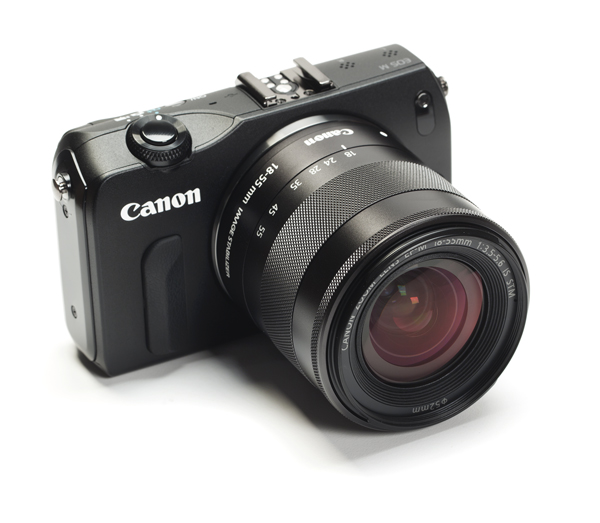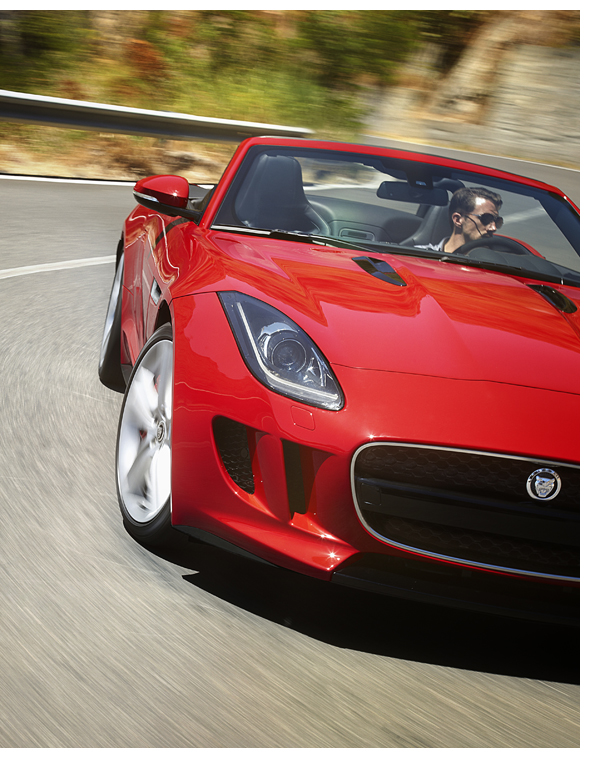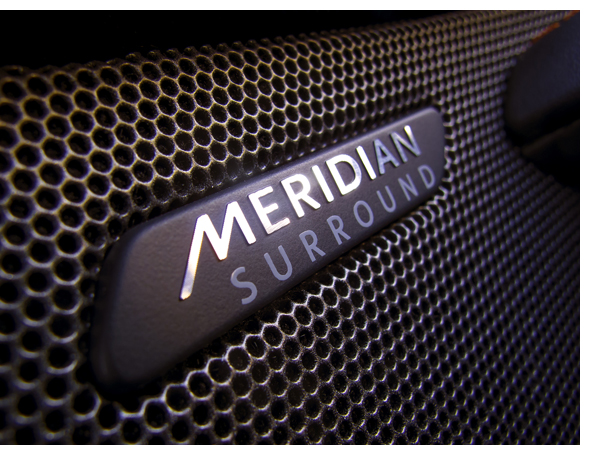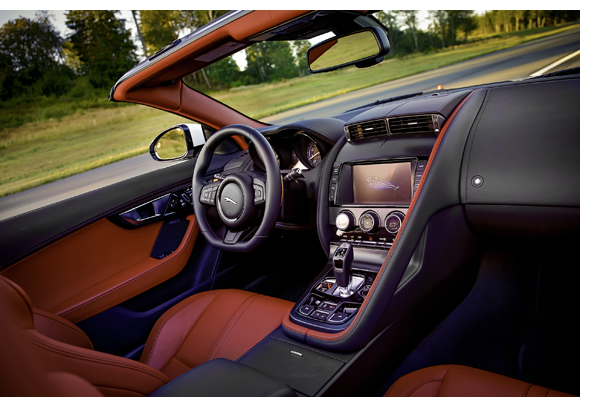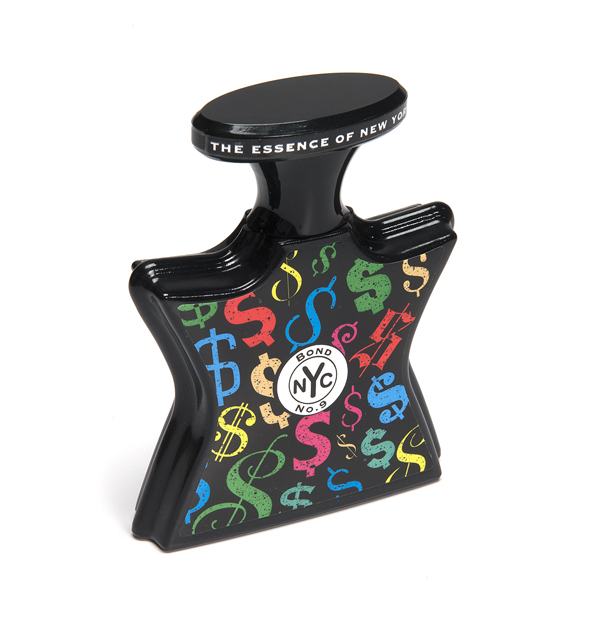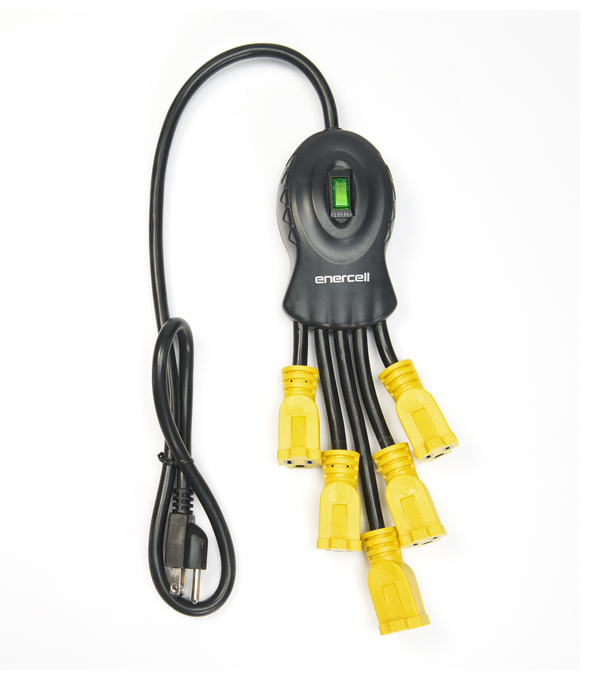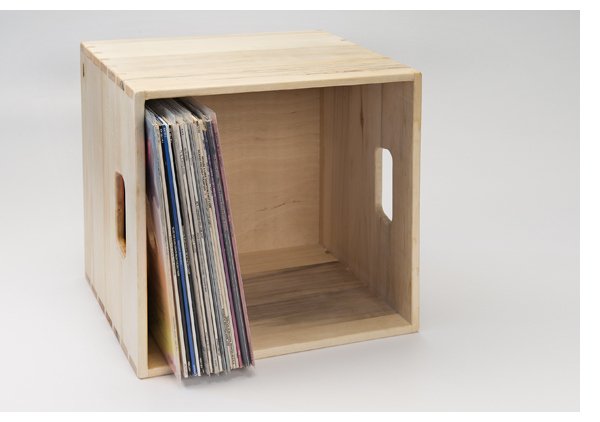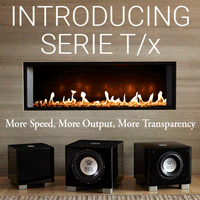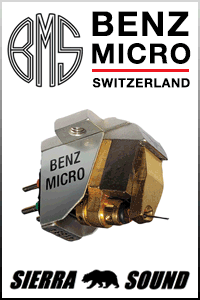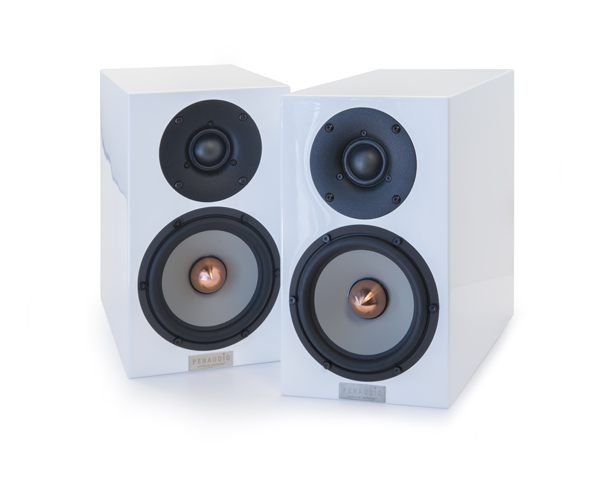 Cranking Public Enemy’s “Fight the Power” to a level way beyond what I’d ever expect from a small pair of monitors causes me to redefine my mental short list for a final hi-fi system. While I routinely audition six-figure speakers (and enjoy every minute of it), the Cenya and its slightly more expensive sibling, the Cenya Signature, deliver so much music that I would happily retire with these Finnish beauties as destination speakers.
Cranking Public Enemy’s “Fight the Power” to a level way beyond what I’d ever expect from a small pair of monitors causes me to redefine my mental short list for a final hi-fi system. While I routinely audition six-figure speakers (and enjoy every minute of it), the Cenya and its slightly more expensive sibling, the Cenya Signature, deliver so much music that I would happily retire with these Finnish beauties as destination speakers.
The Cenyas do everything but deliver the last octave of deep bass, and at $4,000 a pair, they leave you enough scratch to add your favorite subwoofer, should you require it. But in a small- to medium-sized room, you may not need the extra bass. These speakers are positively heavenly in my new small listening room (10 by 13 feet) powered by the Devialet 120. Penaudio speakers have always needed a little bit of juice to give their all, and the 120 watts per channel provided by the Devialet gets the job done, no matter what the musical faire. The opening bass drum beats from Led Zeppelin’s “No Quarter” are delivered solidly, without overhang. As the cymbals linger in the air and fade off into black, the sparkle remains potent, which leads me to believe that these little speakers move some serious air.
It’s worth noting that Devialet owners that are running the current firmware can now take advantage of their new S.A.M. (Speaker Active Matching) system, which offers phase alignment for a list of speakers, like the Cenya, custom tailored to the individual speaker. S.A.M. also offers bass equalization/compensation in the DSP domain that extends the frequency response cleanly down to 25hz. This had just become available at the end of this review, so watch for a follow up when we’ve spent more seat time with it. The short story is that it works incredibly well. You’ll swear there is a subwoofer in the room!
My history with Penaudio goes way back to the Serenades that we reviewed in issue 4 and that ended up as my reference speakers for a couple years. I’ve always appreciated Penaudio founder Sami Pentilla’s ability to build speakers that combine understated good looks and natural tonality in a compact form. The tiny Cenya is no exception. It looks like a slice of the Serenade, with a 6-inch woofer and a 1.25-inch soft dome tweeter, and it is available in a wide variety of finishes.
This particular pair comes in the high-gloss white that was the rage at this year’s Munich High End show. Considering psychoacoustics, this may be the best color for these mini monitors, as it lets them disappear even further into my listening environment, which is painted Ralph Lauren Studio White. A knuckle rap demonstrates cabinet rigidity, which contributes to the speakers’ stellar bass response and freedom from cabinet-induced vibration.

Super Simple Setup
As with any high-quality pair of mini monitors, the Cenyas benefit from doing two things: placing them on massive stands and providing a solid coupling between the speaker and stand. Though not as attractive as the Cenyas deserve, a pair of 24-inch sand-filled Sound Anchor stands works perfectly, with a set of small Isonode feet ($19.95 for a set of 4; available from Bright Star Audio) providing an ideal mechanical interface.
The Cardas Clear Light speaker cables also work well with these speakers, but for those requiring a bit more zip and high-frequency extension, the Graditech speaker cables provide it. They prove a perfect match for the Conrad Johnson LP125sa power amplifier, while the Clear Light cables are a more balanced solution (for these ears, anyway) with the Devialet.
Final speaker placement takes about 15 minutes, with a bit of fine-tuning after the Cenyas have about two weeks of major break-in. Like all of the other Penaudio speakers we’ve auditioned, a good week’s worth of listening to dynamic music at moderate to high volume does the trick—though they do sound fabulous right out of the box.
Jah Wobble’s Japanese Dub leads the way into a long session of bass-heavy tracks that help define the low-frequency response of the Cenya2. The official specification is +/–3 dB from 45 to 28,000 Hz in an anechoic chamber, and thanks to a little bit of room gain, the Cenya 2s reproduce the 40 Hz test tone on my Stereophile Test CD with ease, though bass response falls off rapidly after this. For most musical material, this will rarely be an issue, considering the quality of the bass that the speakers produce. Again, this was all done without S.A.M. engaged on the Devialet.
A Nimble Performer
In a modest-sized room with first-class amplification, the Cenyas will spoil you. Thanks to their small front surface and high-quality SEAS tweeter, they throw an expansive soundstage that not only extends beyond the speaker boundaries but also past the wall boundaries.
When I revisit Springsteen’s The Wild, The Innocent & The E Street Shuffle, it’s a pleasure to hear the nuance in his young voice and, even though the recording is only mediocre, the coherence provided by this high-quality two-way speaker makes it come to life. As with the previous Cenya iteration, the new Cenya exhibits a transparency much like an ESL. The Hammond organ at the beginning of “Kitty’s Back” remains in the air, slightly above the speakers, lingering in the room as though through my Quad 57s, but with more punch and dynamics.
The Cenyas excel at keeping the musical pace intact. The rapid-fire drum beats in Blamstrain’s “Dog Song” stay solidly anchored in the middle of some dreamy synth riffs, while the deep bass line fills the listening room without blurring the spacey presentation, until the volume is turned up well beyond a reasonable level. This is the only limitation of these petite Finns: They can only move so much air, and when pushed past their limit, they compress rapidly. However, I think anyone demoing a pair of Cenyas for the first time will be surprised at just how loud this level is.
Of course, the vocal performance of these speakers is beyond reproach. Those preferring more audiophile faire will be highly satisfied at the deftness with which the Cenyas project both male and female vocals. Whether you love Tom Waits or Shelby Lynne, the speakers deliver the goods.
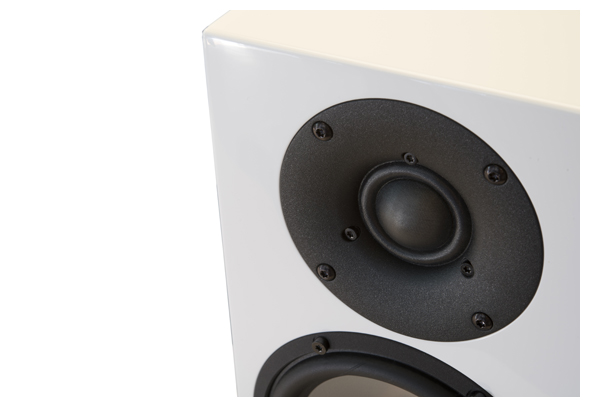
Compatibility
With a sensitivity rating of 86 dB, the Cenyas work better with more power, though in my small room, even the 25-watt-per-channel 845 SET amplifiers at my disposal prove adequate, albeit not able to push the speakers as far as the 120-wpc Devialet can.
Regardless, the Cenyas are very tube friendly in a way that my Serenedes never were. The McIntosh MC275, PrimaLuna DiaLogue Monoblocks and the new C-J LP120sa vacuum-tube amplifiers all work well with the Cenyas, delivering great dynamics, extended HF response and good damping of the woofer cones without issue.
The Cenyas are equally versatile with solid-state amplification, from about 35 wpc on up, proving a good match with the 35-wpc Naim Qute2, the 50-wpc Rega Brio-R and the 60-wpc Pass Aleph 5—all reasonably priced yet high-performance small solid-state amplifiers.
Surprisingly, the Cenyas are transported into another world with the 300-wpc Burmester 911 MK3 and the similarly powered Pass Xs 300 monoblocks, though it is hardly likely that someone would spend $30,000 to $80,000 on amplification for a $4,000 pair of speakers—though, if you do, these little beauties are up to the task.
The $4,000 Question
If you are looking for maximum performance with minimum footprint, look no further than the Penaudio Cenyas. They will do justice to whatever ancillary components you have at your disposal and they produce way more music than you would expect from a speaker this diminutive in size. Highly recommended.
Penaudio Cenya monitors
MSRP: $4,000 per pair
PERIPHERALS
| Digital Source | Devialet 120 Meridian Control 15 MacBook Pro |
| Analog Source | Thorens TD-124 SME 3009 tonearm Ortofon 2M Black cartridge |
| Amplification | Devialet 120 |
| Cable | Cardas Clear |



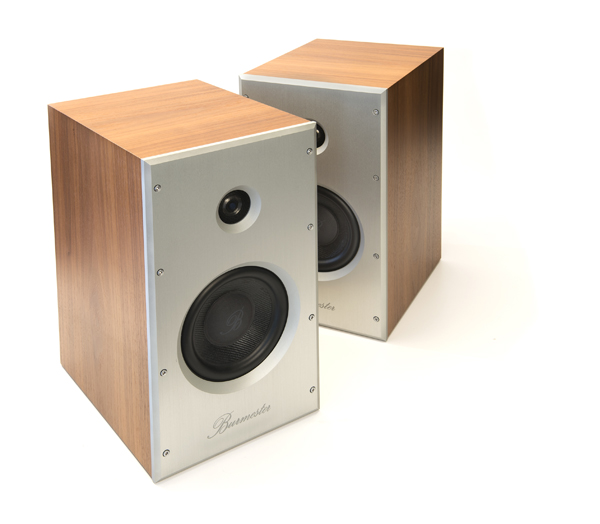 If you’ve ever had the opportunity to audition Burmester loudspeakers, you know they mate perfectly with the company’s electronics and that, together, they put forward a very dynamic, powerful presentation. And, as founder Dieter Burmester is a bass player in his spare time, his speakers are never lacking in low-frequency authority.
If you’ve ever had the opportunity to audition Burmester loudspeakers, you know they mate perfectly with the company’s electronics and that, together, they put forward a very dynamic, powerful presentation. And, as founder Dieter Burmester is a bass player in his spare time, his speakers are never lacking in low-frequency authority.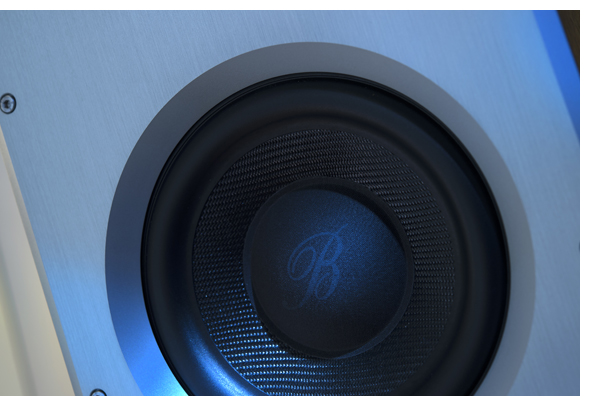
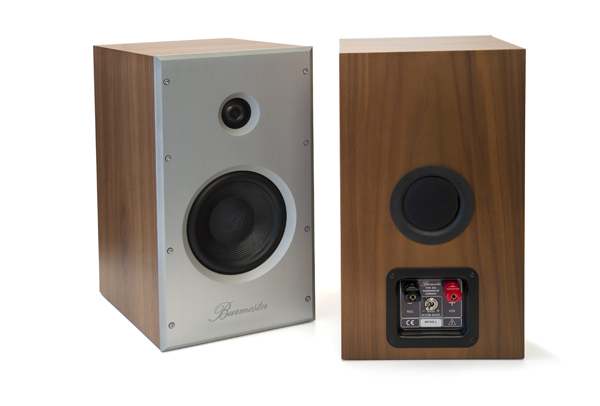
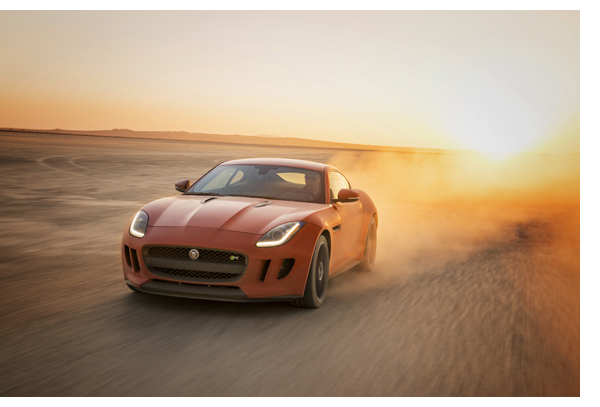 Colors, like fashions, change in such a fluid manner that at times you don’t even realize that they’ve happened. Pretty soon everyone is wearing skinny jeans and you’re caught without. The same could be said with the color orange. It snuck in a few years ago on a few Lamborghinis and now it’s everywhere. Even yours truly has a bright orange (make that Valencia) BMW and the color has really caught on – it’s a happy color.
Colors, like fashions, change in such a fluid manner that at times you don’t even realize that they’ve happened. Pretty soon everyone is wearing skinny jeans and you’re caught without. The same could be said with the color orange. It snuck in a few years ago on a few Lamborghinis and now it’s everywhere. Even yours truly has a bright orange (make that Valencia) BMW and the color has really caught on – it’s a happy color.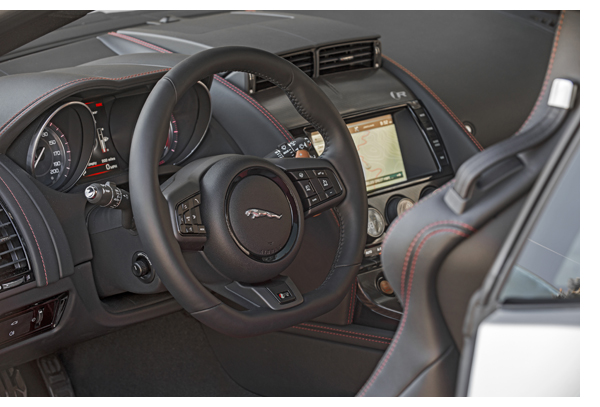
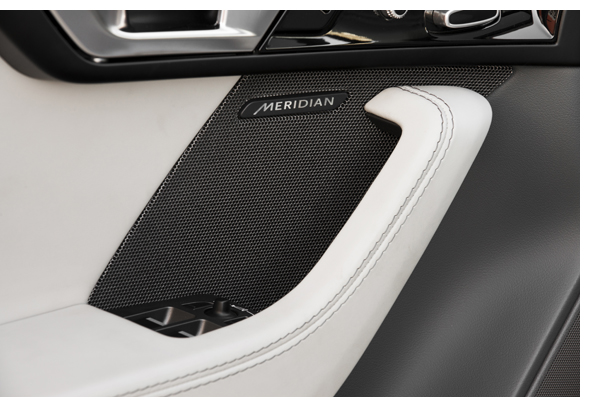
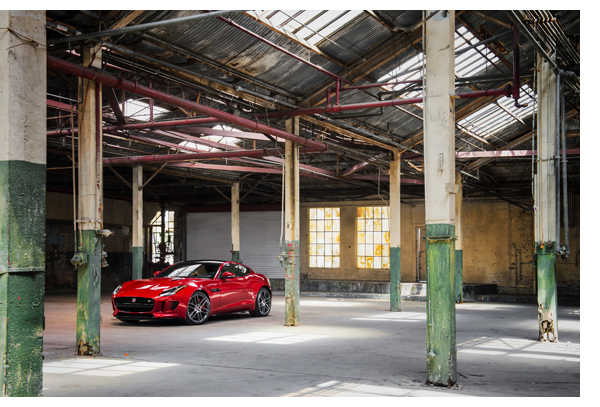
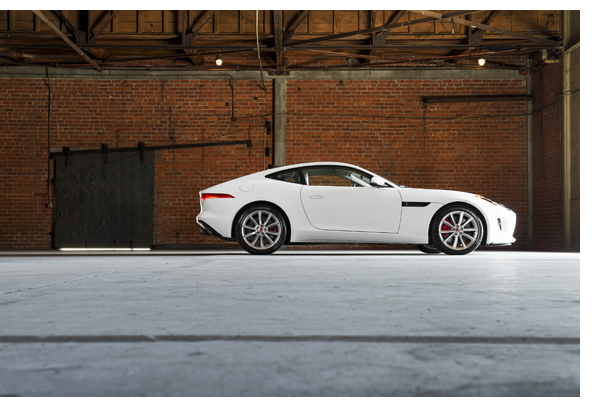
 In the years since Bowers & Wilkins introduced the Zeppelin (now the Zeppelin Air), there have been many imitators, but no one has really come close to the combination of form and function that this innovative British company started. Until now.
In the years since Bowers & Wilkins introduced the Zeppelin (now the Zeppelin Air), there have been many imitators, but no one has really come close to the combination of form and function that this innovative British company started. Until now.

 Is the Gemini 2000 a headphone amplifier? Is it a headphone dock? Is it a DAC? Well, yes. Through the Gemini, Hong Kong-headquartered AURALiC creates a design that manages to pack all that into an attractive and great-sounding component. For those seeking a headphone-based desktop system, this AURALiC offers a turnkey package.
Is the Gemini 2000 a headphone amplifier? Is it a headphone dock? Is it a DAC? Well, yes. Through the Gemini, Hong Kong-headquartered AURALiC creates a design that manages to pack all that into an attractive and great-sounding component. For those seeking a headphone-based desktop system, this AURALiC offers a turnkey package.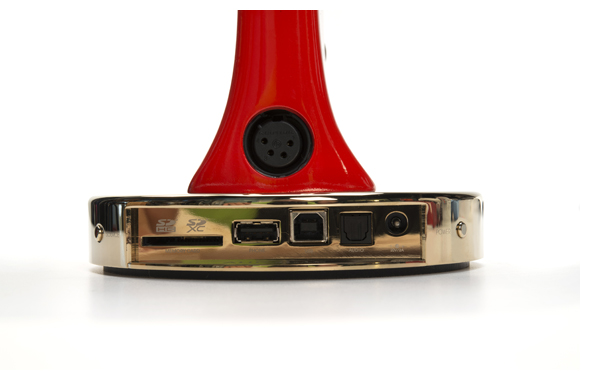

 For many audiophiles, their journey with electrostats began with the legendary Quad 57—but not mine. As someone who really likes to rock, I spurned the audiophile approach and preferred to rock the house with my Altec 19s and a
For many audiophiles, their journey with electrostats began with the legendary Quad 57—but not mine. As someone who really likes to rock, I spurned the audiophile approach and preferred to rock the house with my Altec 19s and a 
 As the sound-level meter bounces above 105 dB during playback of the title track from Iron Maiden’s
As the sound-level meter bounces above 105 dB during playback of the title track from Iron Maiden’s 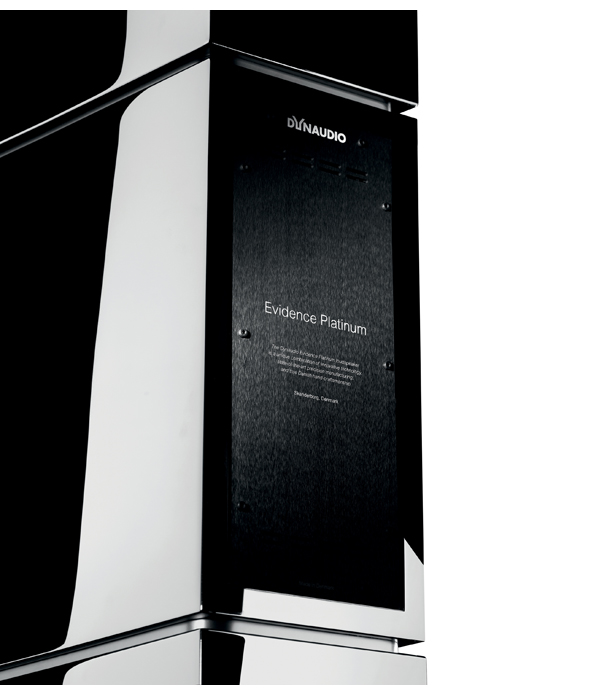
 Still Solid, Months Later
Still Solid, Months Later Though I knew little about Morel before this review, after listening to its new Octave 6 Limited floorstanding speakers, the company now has my attention. Based in Israel, Morel builds car speakers, in-walls, and various standalone options, as well as its own drivers. Morel has been a manufacturer of premier drivers for a number of major speaker companies for some time now, however while all of their drivers share core technologies, the ones utilized in their own systems are built from scratch and customized for that individual speaker. Everything from crossover to the drivers is done in house, except for cabinetry.
Though I knew little about Morel before this review, after listening to its new Octave 6 Limited floorstanding speakers, the company now has my attention. Based in Israel, Morel builds car speakers, in-walls, and various standalone options, as well as its own drivers. Morel has been a manufacturer of premier drivers for a number of major speaker companies for some time now, however while all of their drivers share core technologies, the ones utilized in their own systems are built from scratch and customized for that individual speaker. Everything from crossover to the drivers is done in house, except for cabinetry.

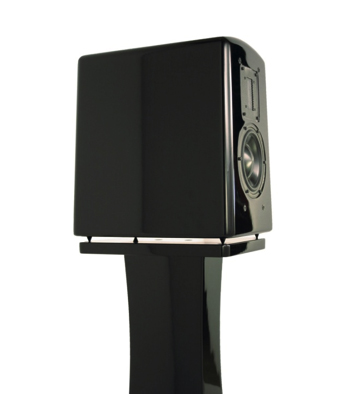 Alta Audio will be debuting three new speakers at the New York Audio show on Sept 26, and will be having a press meeting in their room (313) at 1:00 PM that day.
Alta Audio will be debuting three new speakers at the New York Audio show on Sept 26, and will be having a press meeting in their room (313) at 1:00 PM that day. The Digital Amplifier Company—founded in 1996 and located in Allentown, Penn.—solely produces hyper-engineered, audiophile-grade Class-D amplifiers. Its products output plenty of power from manageably sized and attractive packages. The company’s Cherry line comprises stereo and monoblock variants, which are available in standard or higher-output Ultra configurations.
The Digital Amplifier Company—founded in 1996 and located in Allentown, Penn.—solely produces hyper-engineered, audiophile-grade Class-D amplifiers. Its products output plenty of power from manageably sized and attractive packages. The company’s Cherry line comprises stereo and monoblock variants, which are available in standard or higher-output Ultra configurations.

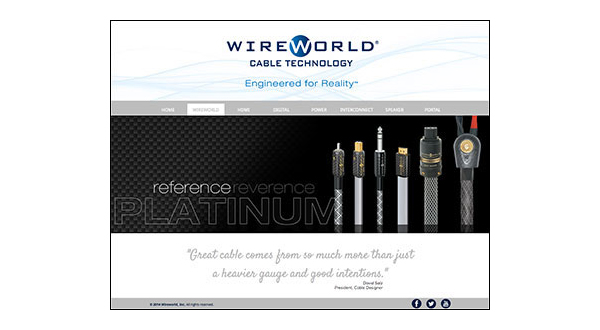 Wireworld has just finished work on a complete site overhaul, showcasing their products in a much more informative, graphic rich environment than ever before.
Wireworld has just finished work on a complete site overhaul, showcasing their products in a much more informative, graphic rich environment than ever before.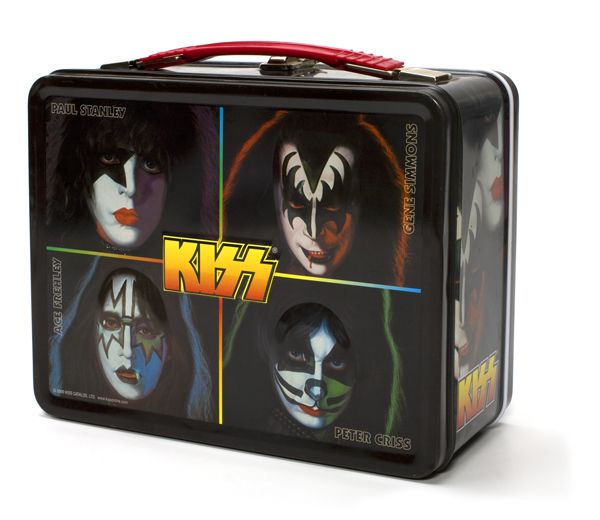 While perusing the cassettes on sale for 99 cents each I almost missed this one, but my daughter let out a squeal when she saw the KISS lunchbox, not realizing this is a most excellent one from the period celebrating the four “individual” KISS records.
While perusing the cassettes on sale for 99 cents each I almost missed this one, but my daughter let out a squeal when she saw the KISS lunchbox, not realizing this is a most excellent one from the period celebrating the four “individual” KISS records.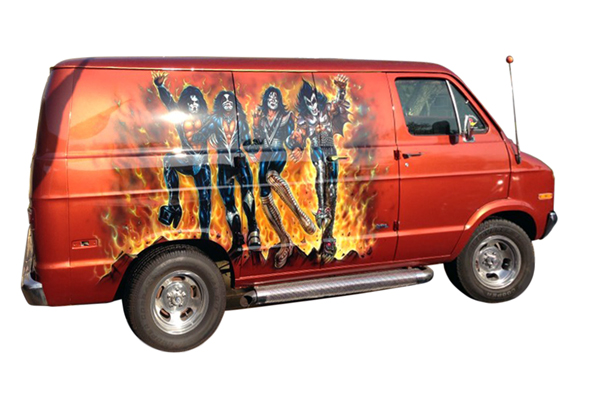 Here’s one fan’s ultimate expression for the hottest band in the land, and it succeeds brilliantly. Contact artist Jay Werner at his studio to explore the possibilities. Maybe a
Here’s one fan’s ultimate expression for the hottest band in the land, and it succeeds brilliantly. Contact artist Jay Werner at his studio to explore the possibilities. Maybe a  Move over Bart Simpson. The hottest plushies in the land are here, and they rule. At about eight inches tall, the likeness of the band’s four individual members are captured in grand style, from the platform boots to guitarist Ace Frehley’s gold Les Paul. And let’s not forget Gene Simmons’ trademark tongue. If you love Kiss, or great memorabilia, you need these. –Jeff Dorgay
Move over Bart Simpson. The hottest plushies in the land are here, and they rule. At about eight inches tall, the likeness of the band’s four individual members are captured in grand style, from the platform boots to guitarist Ace Frehley’s gold Les Paul. And let’s not forget Gene Simmons’ trademark tongue. If you love Kiss, or great memorabilia, you need these. –Jeff Dorgay Back when I was selling Technics SL1200s and Shure V-15 cartridges by the truck load, on the brink of becoming an major obsessive audiophile, our shop received the latest and greatest from Ortofon – their MC20 moving coil cartridge and the accompanying MCA-76 head amplifier. If memory serves me correctly, the cartridge was about 300 bucks and the MCA-76 about twice that. Big bucks to step up from that Shure indeed. I was driving a bright green Saab 99 that I barely had that much invested in, but I
Back when I was selling Technics SL1200s and Shure V-15 cartridges by the truck load, on the brink of becoming an major obsessive audiophile, our shop received the latest and greatest from Ortofon – their MC20 moving coil cartridge and the accompanying MCA-76 head amplifier. If memory serves me correctly, the cartridge was about 300 bucks and the MCA-76 about twice that. Big bucks to step up from that Shure indeed. I was driving a bright green Saab 99 that I barely had that much invested in, but I 

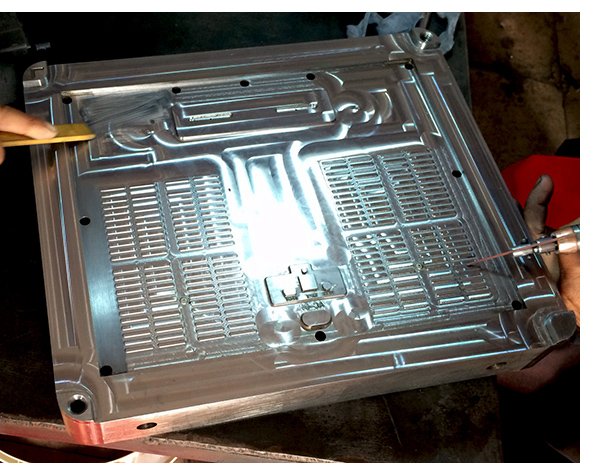 Peachtree Audio, manufacturer of high-performance audio products since 2007, is proud to announce that their INDIEGOGO.com campaign for the launch of deepblue2, the company’s “Ultimate Bluetooth Speaker”, has exceeded $200,000. The campaign reached its initial goal of $63,000 in just over an hour.
Peachtree Audio, manufacturer of high-performance audio products since 2007, is proud to announce that their INDIEGOGO.com campaign for the launch of deepblue2, the company’s “Ultimate Bluetooth Speaker”, has exceeded $200,000. The campaign reached its initial goal of $63,000 in just over an hour.
 What started as a one-off unit intended as a family birthday gift has blossomed into a full-fledged audio equipment manufacturer. Hong Kong’s Clones Audio now counts monoblocks and a DAC among its product roster, but its 25i amplifier ($865/€629) is what jump-started the boutique manufacturer. The 25i, which is a 25 watts-per-channel integrated amplifier, was inspired by a 47 Labs’ circuit design that later landed in the public domain for the DIY crowd. After all, not everyone would see the $3,000-plus asking price of the 47 Labs’ Gaincard amp without wincing—and some might double over in pain upon seeing its internal part count.
What started as a one-off unit intended as a family birthday gift has blossomed into a full-fledged audio equipment manufacturer. Hong Kong’s Clones Audio now counts monoblocks and a DAC among its product roster, but its 25i amplifier ($865/€629) is what jump-started the boutique manufacturer. The 25i, which is a 25 watts-per-channel integrated amplifier, was inspired by a 47 Labs’ circuit design that later landed in the public domain for the DIY crowd. After all, not everyone would see the $3,000-plus asking price of the 47 Labs’ Gaincard amp without wincing—and some might double over in pain upon seeing its internal part count.

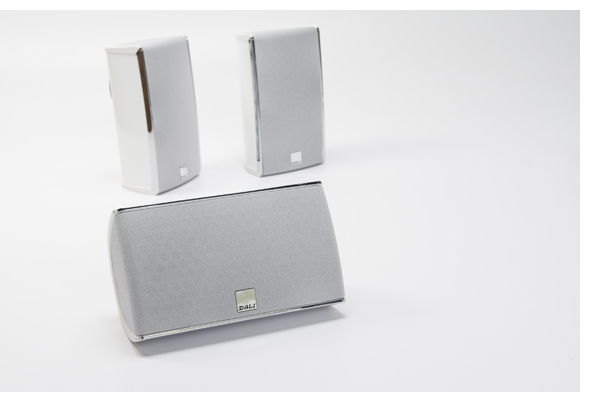 As the starship
As the starship 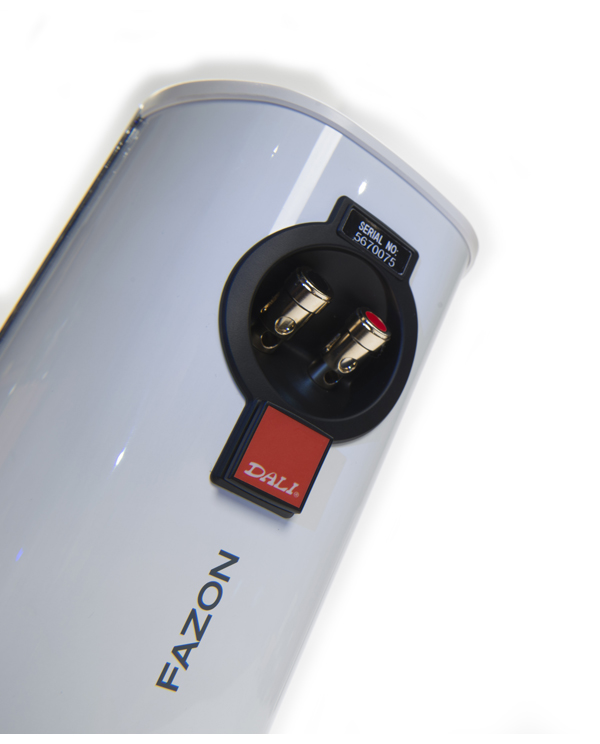
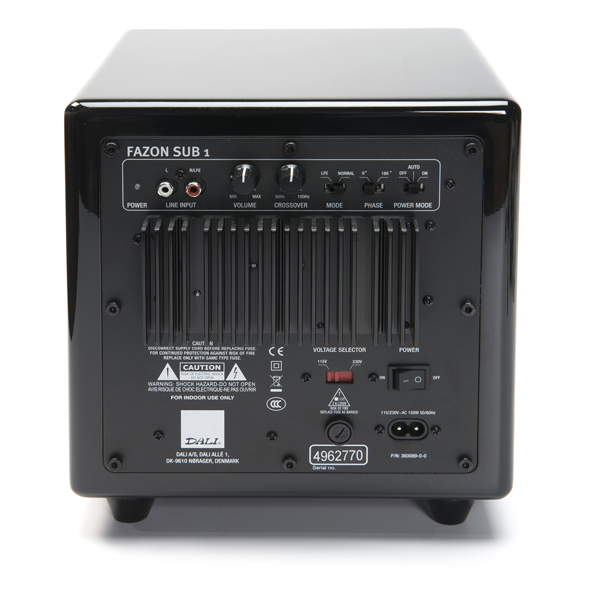
 Since I’m not much of a headphone guy, it takes something special for me to leave the comfort of my listening room and put a pair of cans on my head. Few ‘phones have ever given me big enough goosebumps to do so, and those that did have all been planar or electrostatic. No surprise, since most of my favorite speakers are panels. There’s just something about the open, airy presentation you get from a great pair of ESL speakers. OPPO’s new PM-1 planar magnetic headphones take me to that desired place.
Since I’m not much of a headphone guy, it takes something special for me to leave the comfort of my listening room and put a pair of cans on my head. Few ‘phones have ever given me big enough goosebumps to do so, and those that did have all been planar or electrostatic. No surprise, since most of my favorite speakers are panels. There’s just something about the open, airy presentation you get from a great pair of ESL speakers. OPPO’s new PM-1 planar magnetic headphones take me to that desired place. 

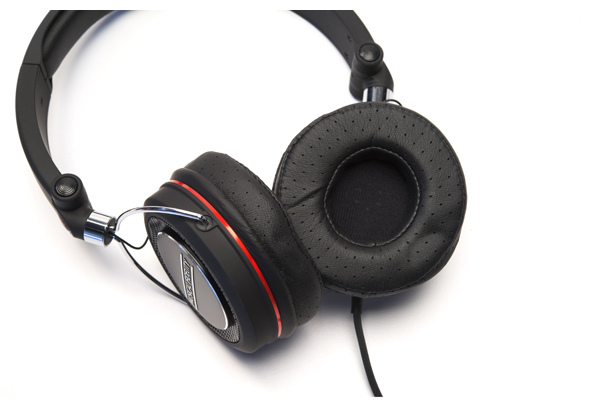 During my recent trip to the Sterling Sound mastering studio in New York City, where I visited with senior mastering engineer Greg Calbi, I had the rare privileged of listening to the new Beatles’ Yesterday and Today from Calbi’s chair. An uncompressed version of “Doctor Robert” comes through the MF-100 phones via my iPod Classic rather crisply.
During my recent trip to the Sterling Sound mastering studio in New York City, where I visited with senior mastering engineer Greg Calbi, I had the rare privileged of listening to the new Beatles’ Yesterday and Today from Calbi’s chair. An uncompressed version of “Doctor Robert” comes through the MF-100 phones via my iPod Classic rather crisply.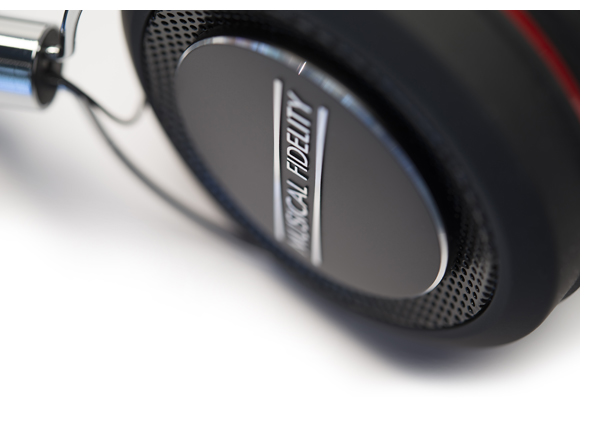
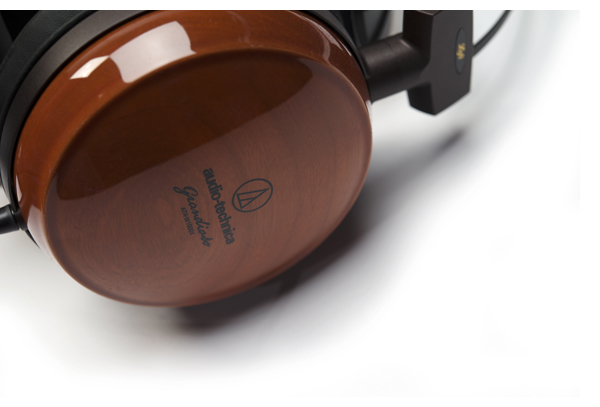 The Audio-Technica ATH-W1000X, which was introduced in 2011, is not a celebrity-endorsed headphone, nor does it come in a rainbow of colors. For $699, you get a headphone designed and engineered for discriminating listeners and music lovers, with ear cups made from American black cherry wood finished in an elegant violin gloss. A matching connector housing at the end of the cable completes the luxury experience, underscoring the attention to detail that has gone into these premium headphones.
The Audio-Technica ATH-W1000X, which was introduced in 2011, is not a celebrity-endorsed headphone, nor does it come in a rainbow of colors. For $699, you get a headphone designed and engineered for discriminating listeners and music lovers, with ear cups made from American black cherry wood finished in an elegant violin gloss. A matching connector housing at the end of the cable completes the luxury experience, underscoring the attention to detail that has gone into these premium headphones. 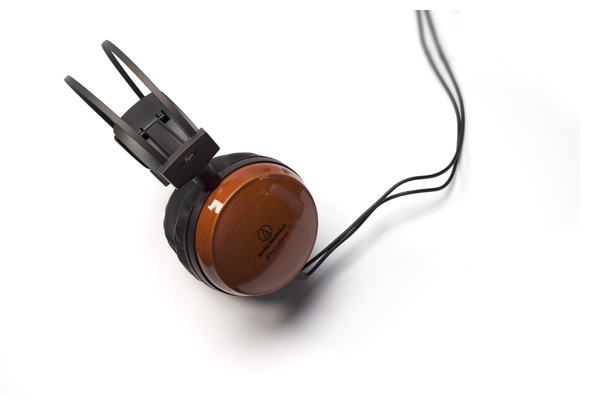
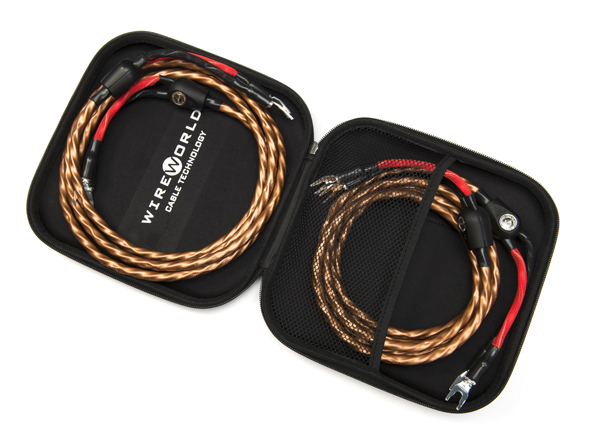 One sure way to start a war is to mention cable on any audiophile discussion forum. Yes, there are many who are convinced that cables are all crapola, conjured by sorcerers who want to separate you from your hard-earned money, offering nothing in return. At the same time, others live and die by their cable, often plugging in wire products costing multiple times their components’ due in search of a certain sound.
One sure way to start a war is to mention cable on any audiophile discussion forum. Yes, there are many who are convinced that cables are all crapola, conjured by sorcerers who want to separate you from your hard-earned money, offering nothing in return. At the same time, others live and die by their cable, often plugging in wire products costing multiple times their components’ due in search of a certain sound.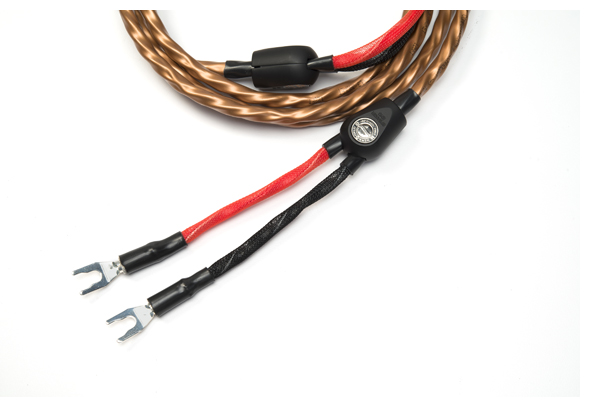
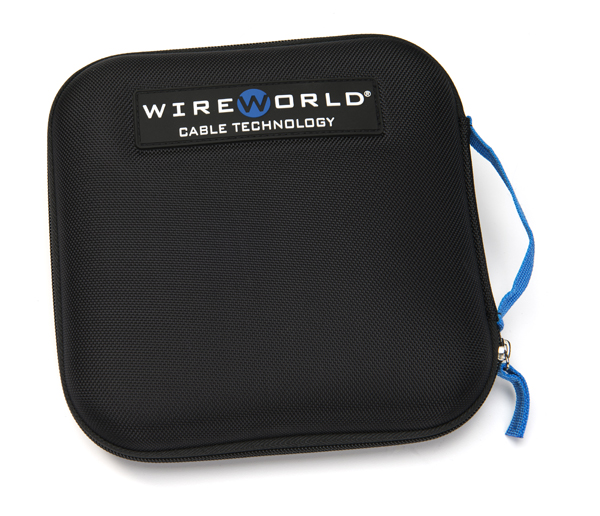
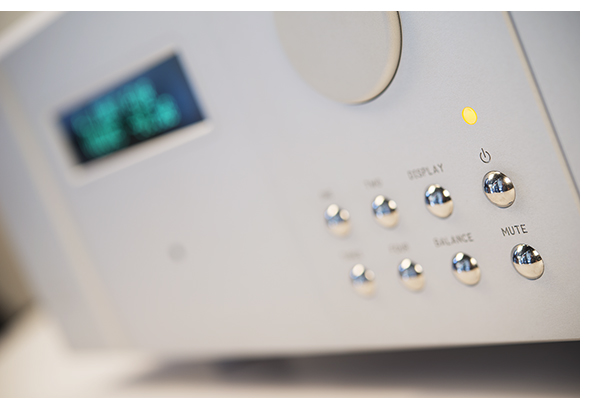 Following Steve Martin’s vocal musings on “Late For School,” it becomes immediately apparent how well this integrated amplifier, Boulder’s entry-level piece, keeps track of pace and timing.
Following Steve Martin’s vocal musings on “Late For School,” it becomes immediately apparent how well this integrated amplifier, Boulder’s entry-level piece, keeps track of pace and timing.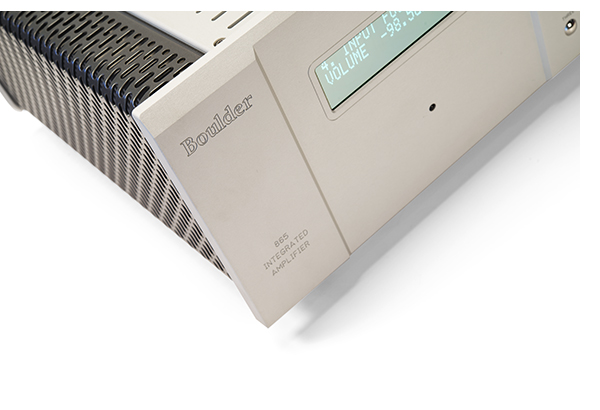 The XRCD version of Jackie McLean’s Swing, Swang, Swingin’ proves equally illuminating. Like every other Boulder product I’ve experienced, the 865 follows the family tradition by neither adding nor subtracting to the sound. While this may bring slightly less to the presentation on poor quality recordings, that can benefit from a bit of warmth, what it does for stellar recordings is well worth the tradeoff. Just like the 3050 monoblocks that we reviewed last year, the 865 is a wonderful conduit for music, never throwing the focus on itself; it’s always in the service of the music.
The XRCD version of Jackie McLean’s Swing, Swang, Swingin’ proves equally illuminating. Like every other Boulder product I’ve experienced, the 865 follows the family tradition by neither adding nor subtracting to the sound. While this may bring slightly less to the presentation on poor quality recordings, that can benefit from a bit of warmth, what it does for stellar recordings is well worth the tradeoff. Just like the 3050 monoblocks that we reviewed last year, the 865 is a wonderful conduit for music, never throwing the focus on itself; it’s always in the service of the music. All Boulder
All Boulder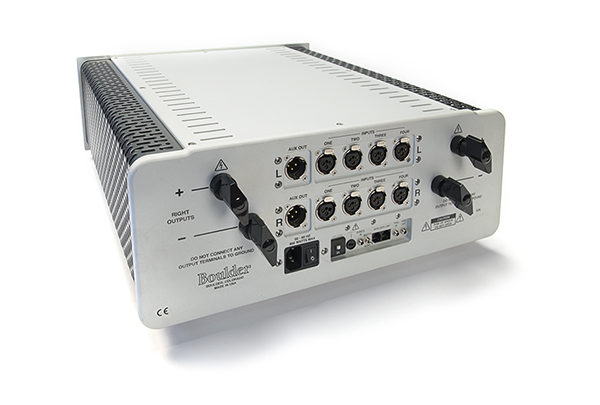 Switching between the KEF Blades, the Dynaudio Evidence Platinum speakers and the GamuT S9, the 865 did its job-playing music effortlessly. Moving it to room two with the Dynaudio Confidence C1s and the Sonus faber Guareri Evolution speakers, both extremely high performance, yet small speakers made an incredible case for stopping the audio journey right here and just enjoying the music. The 865 reveals so much that if you don’t need to blow the windows out of your listening room and you just want to revel in quality – this is your amplifier.
Switching between the KEF Blades, the Dynaudio Evidence Platinum speakers and the GamuT S9, the 865 did its job-playing music effortlessly. Moving it to room two with the Dynaudio Confidence C1s and the Sonus faber Guareri Evolution speakers, both extremely high performance, yet small speakers made an incredible case for stopping the audio journey right here and just enjoying the music. The 865 reveals so much that if you don’t need to blow the windows out of your listening room and you just want to revel in quality – this is your amplifier.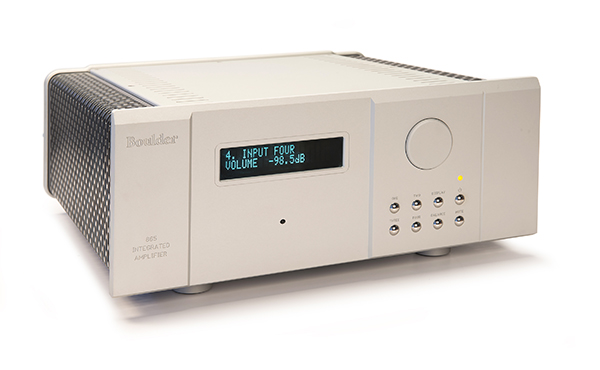 Peripherals
Peripherals Indimusic.TV, the first “Social Media Broadcast Network” and the leading indie music 24/7 broadcast network worldwide, announced today that it is bringing back the Emmy Award-winning music and interview series “Private Sessions,” the best interview/performance music series of the last decade. Indimusic.TV will re-launch the series with Adam Levine and Maroon 5 this Fall.
Indimusic.TV, the first “Social Media Broadcast Network” and the leading indie music 24/7 broadcast network worldwide, announced today that it is bringing back the Emmy Award-winning music and interview series “Private Sessions,” the best interview/performance music series of the last decade. Indimusic.TV will re-launch the series with Adam Levine and Maroon 5 this Fall.





 MartinLogan, the world’s leader in electrostatic & Folded Motion™ loudspeaker technology, proudly announces the addition of three new powerful speaker models in their award-winning
MartinLogan, the world’s leader in electrostatic & Folded Motion™ loudspeaker technology, proudly announces the addition of three new powerful speaker models in their award-winning 
